America’s Forgotten Foods: Rediscovering Unique Regional Cuisines

In the vast and diverse landscape of American cuisine, there are countless dishes that have faded into obscurity, overshadowed by the rise of modern food trends and the popularity of chain restaurants. Yet, across the country, forgotten foods tell stories of the rich history, culture, and traditions of the regions they once flourished in. These culinary gems were once central to the daily lives of local communities, and their unique flavors continue to offer a tantalizing glimpse into America’s past. In this article, we’ll rediscover some of these forgotten foods, shedding light on regional specialties that are at risk of being lost forever.
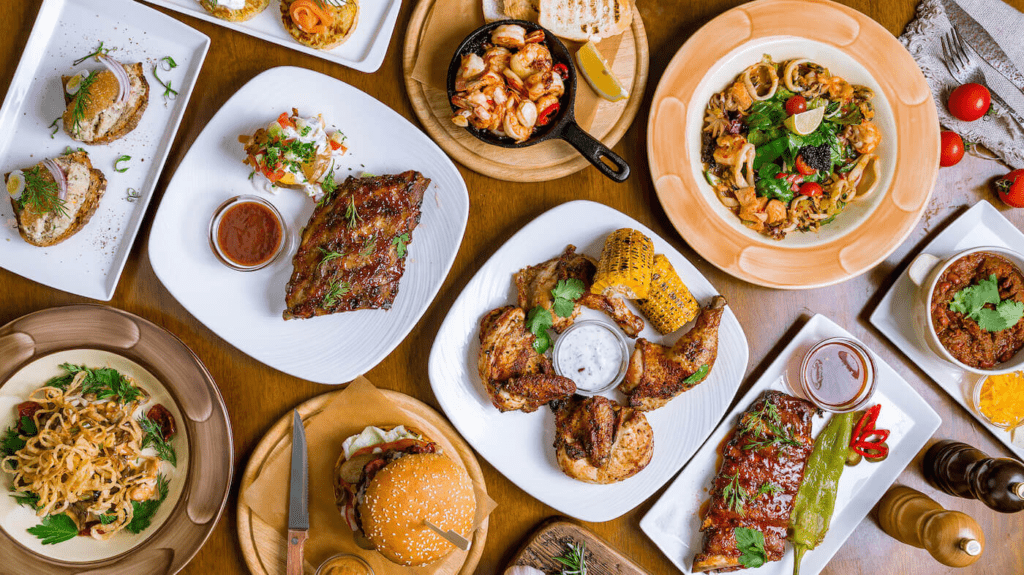
The Heart of the South: Creole and Cajun Delights
The Southern United States is known for its deep-rooted culinary traditions, but even within this broad category, there are regional dishes that have slipped from the public’s memory. Creole and Cajun cuisines, especially in Louisiana, once featured complex, hearty dishes like Turtle Soup, Crawfish Étouffée, and Boudin. These dishes tell the story of Louisiana’s unique cultural blend of French, African, Spanish, and Native American influences. Unfortunately, many of these once-popular recipes have become harder to find, overshadowed by more mainstream Southern staples.
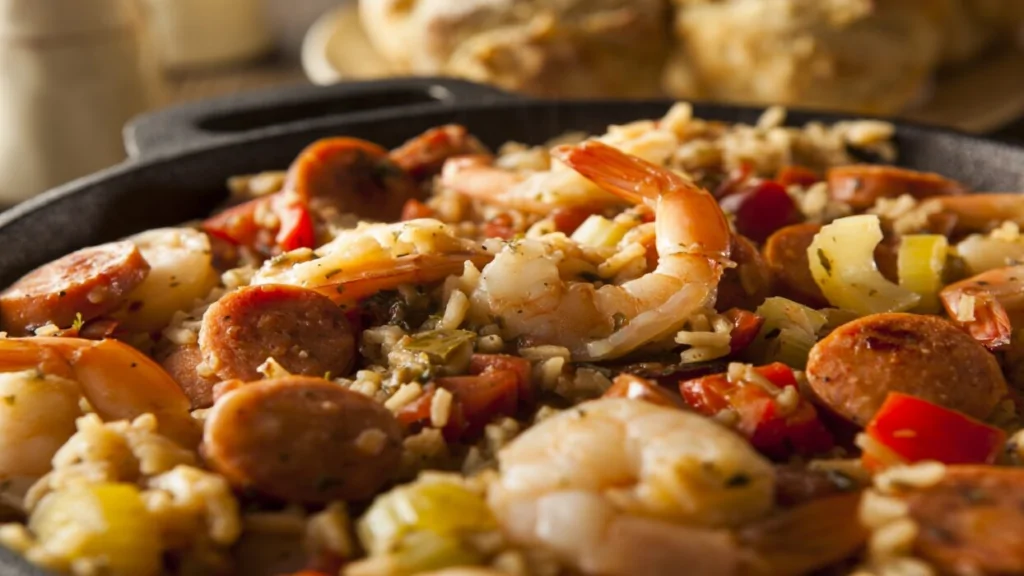
The Northeastern Bounty: Forgotten New England Fare
In the northeastern states, New England once offered an array of distinctive foods that have been left behind in favor of more modern fare. One such dish is Indian Pudding, a cornmeal-based dessert served hot with vanilla sauce. Originally a staple of colonial New England, it was a comforting dessert during long, cold winters. Clam Pie, a lesser-known savory dish, once graced the tables of New Englanders but is now relegated to the history books, replaced by more well-known dishes like clam chowder.
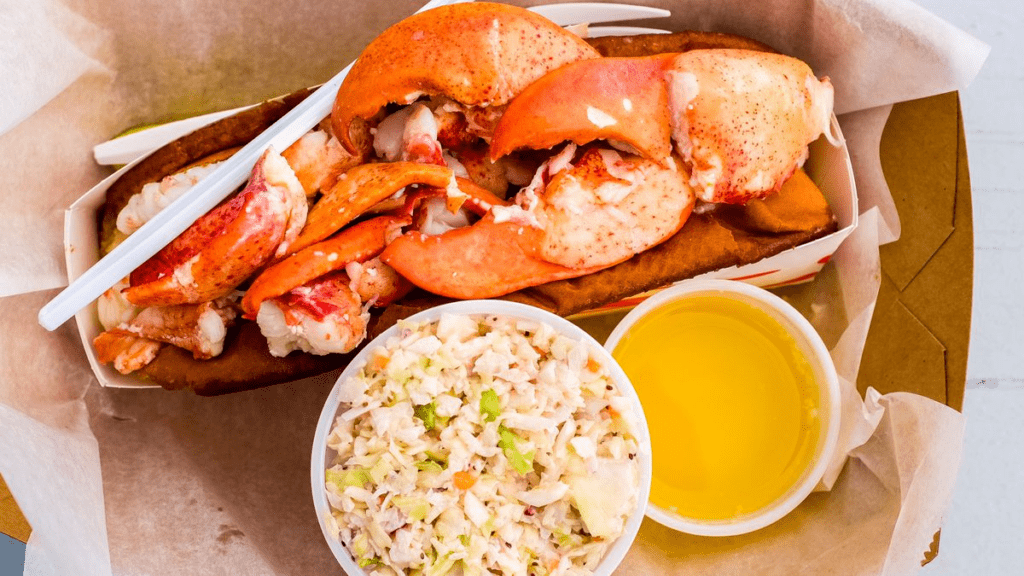
Appalachian Eats: Preserving the Mountain Heritage
In the Appalachian region, many of the traditional foods reflect a deep connection to the land. Dishes like Mush and Milk, a simple cornmeal-based dish, and Sorghum Pie have all but disappeared. The region’s reliance on homegrown ingredients meant that food often involved resourcefulness and simplicity, but also a unique sense of flavor. As the region becomes more modernized, many of these heritage dishes are becoming less common, though efforts to preserve them through community cookbooks and food festivals are on the rise.
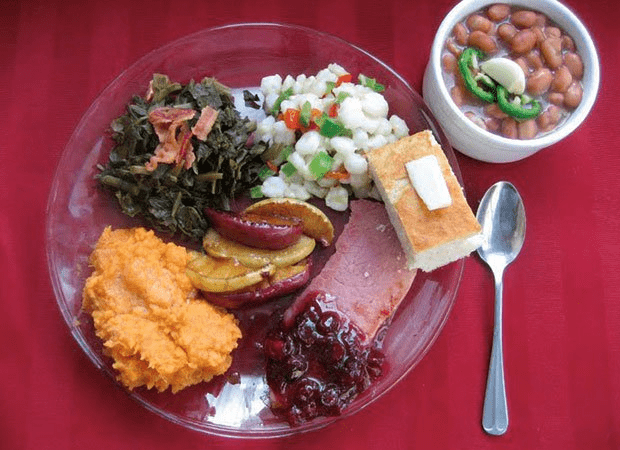
Native American Roots: Rediscovering Indigenous Dishes
Long before European settlers arrived, the Indigenous peoples of America were cultivating and cooking with a rich variety of foods. Three Sisters Stew, made from corn, beans, and squash, is one of many dishes that have largely faded from public consciousness, yet it represents the foundation of Native American agriculture and cuisine. Other forgotten foods, such as Pemmican (a high-protein, nutrient-dense mixture of dried meat and berries) and Acorn Flour Bread, offer a glimpse into the diverse and sustainable eating practices of Native tribes.
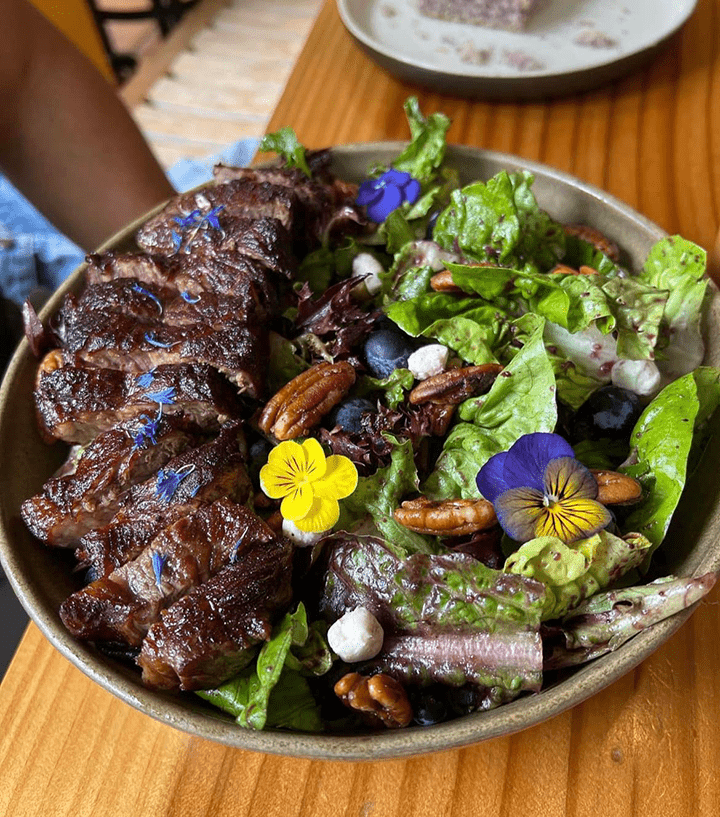
The Midwest’s Hidden Gems: From Fish Boils to Lefse
The Midwest, often known for its meat-and-potato meals, has regional foods that are still unknown to many. The Fish Boil, popular in Wisconsin, involves cooking fish and potatoes in a large kettle, traditionally served with bread and butter. Similarly, Lefse, a Norwegian flatbread, was once a staple in immigrant communities but is now only seen during special occasions. These dishes, while still enjoyed by some locals, are increasingly hard to find outside their specific regional boundaries.
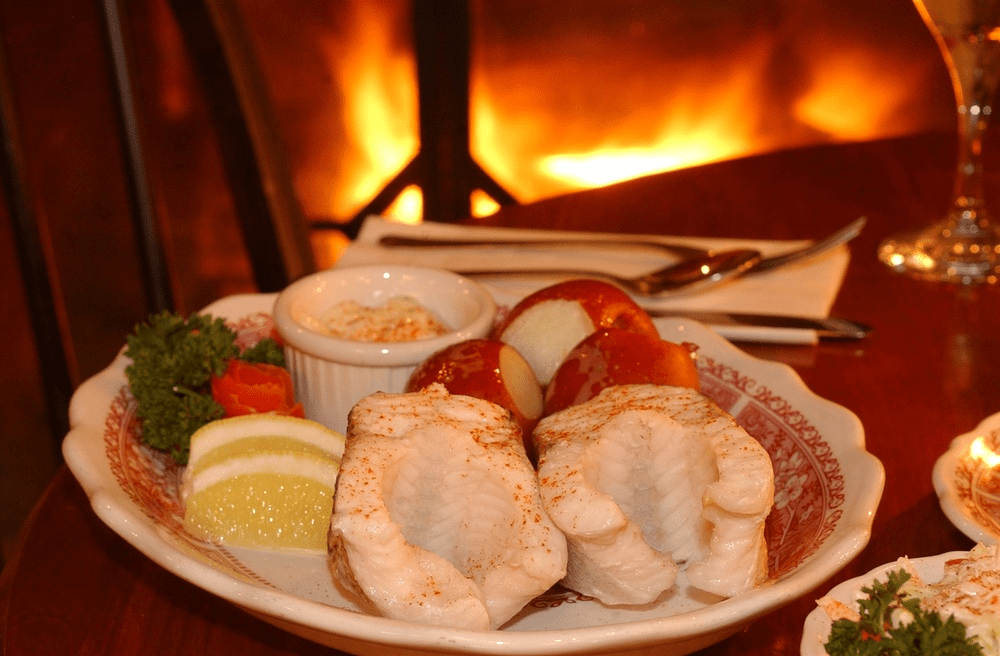
Pacific Northwest Traditions: Forgotten Coastal Flavors
On the Pacific Coast, many of the indigenous food practices have been replaced by commercial fishing and tourism, leaving many regional dishes at risk of being forgotten. Salmon Roe Soup and Smoked Eel, both traditional among the coastal tribes, were once everyday meals but are rarely found outside of niche restaurants. These foods provide an opportunity to appreciate the indigenous knowledge of utilizing the bountiful resources of the sea.

Preserving Our Culinary Heritage
As we continue to embrace new food trends and global influences, it’s important to remember the regional dishes that form the backbone of America’s culinary identity. Many of these forgotten foods are more than just meals; they are the stories of the people, the lands, and the cultures that shaped them. Rediscovering these unique regional cuisines offers us a chance to reconnect with our shared history and celebrate the flavors that have been quietly fading into the past. Let us not let these culinary treasures vanish without a trace, but instead work to revive them and keep their stories alive for generations to come.






